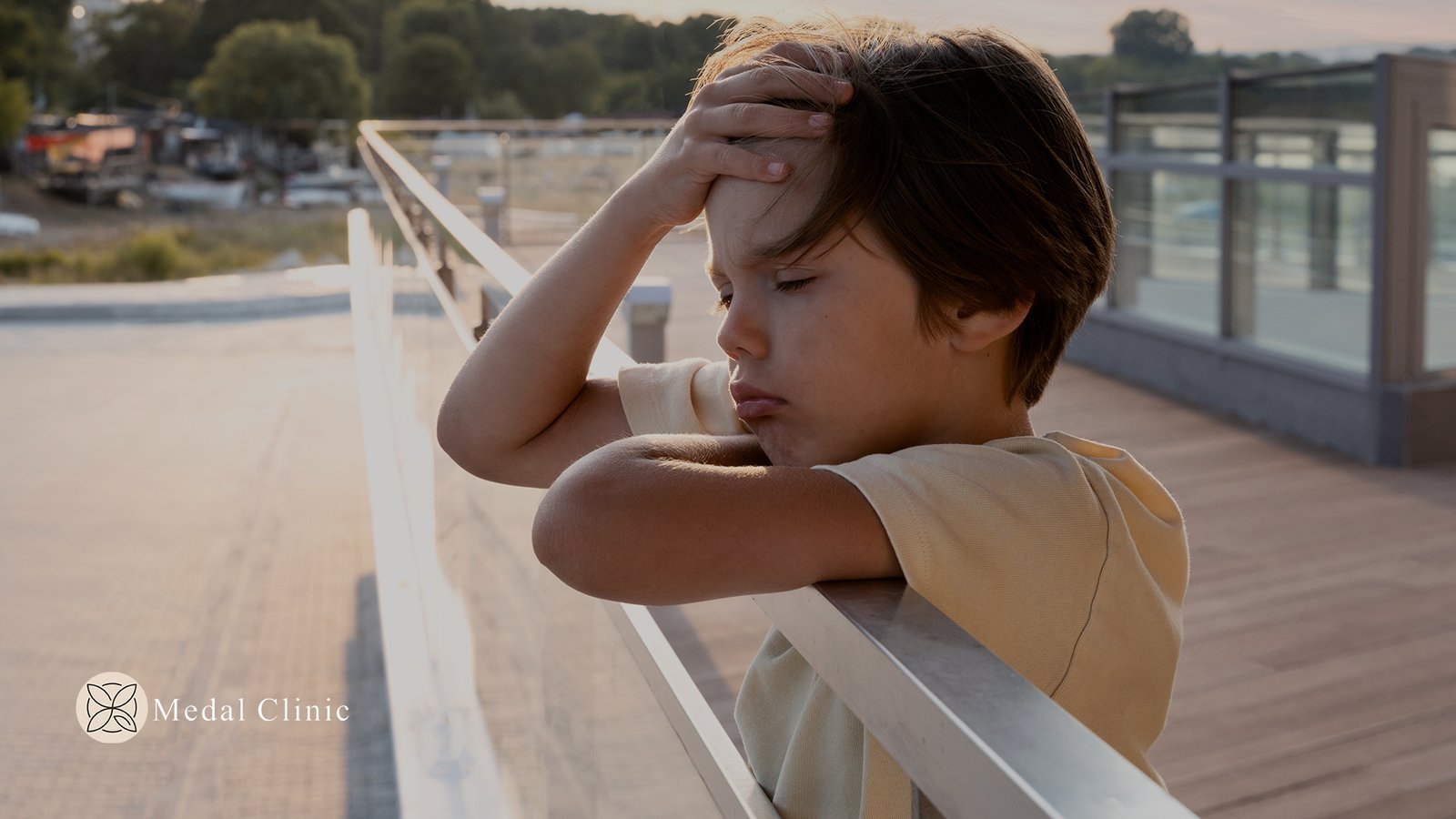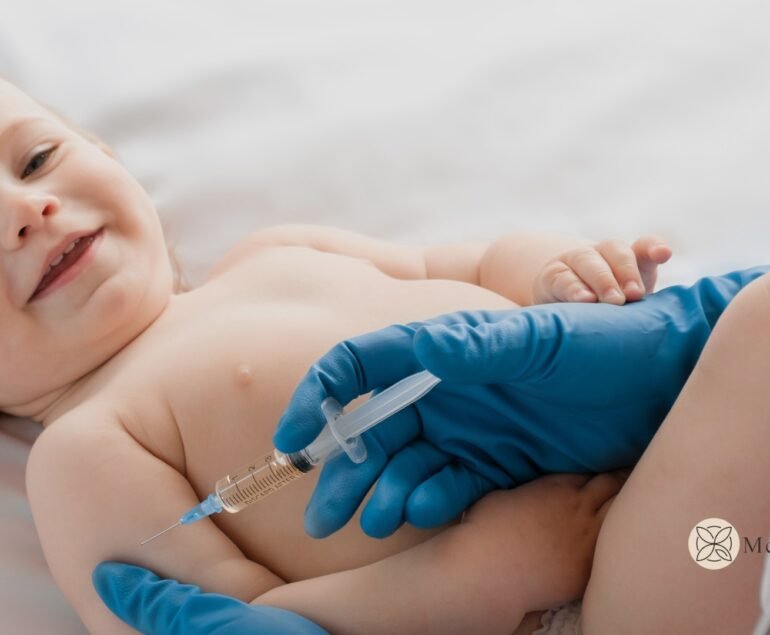When Should a Child with Sunstroke See a Doctor?
Sunstroke, also known as heatstroke, is a serious condition that occurs when the body’s temperature regulation system fails due to prolonged exposure to high temperatures or physical exertion in hot weather. Children are particularly vulnerable to sunstroke because their bodies are less efficient at regulating temperature compared to adults. Recognising the symptoms and knowing when to seek medical attention is crucial for ensuring the well-being of a child suffering from sunstroke.
Recognising the Symptoms of Sunstroke
The first step in determining whether a child needs medical attention is to recognise the symptoms of sunstroke. Early signs include:
- High Body Temperature: A core body temperature of 40°C (104°F) or higher is a key indicator.
- Hot, Red, Dry, or Damp Skin: Unlike heat exhaustion, sunstroke often causes the skin to feel hot and dry, although it can sometimes be damp from exertion.
- Rapid Pulse: A significantly increased heart rate is common as the body struggles to cool down.
- Headache: Persistent and severe headaches are a frequent symptom.
- Dizziness and Light-headedness: These can lead to fainting spells if not addressed.
- Nausea and Vomiting: These symptoms are common and can contribute to dehydration.
- Confusion, Agitation, or Slurred Speech: Cognitive impairment is a serious sign that the brain is being affected by the heat.
- Loss of Consciousness: In extreme cases, a child might become unconscious.
Immediate First Aid Measures
If a child exhibits signs of sunstroke, immediate first aid measures should be taken while preparing to seek medical help:
- Move to a Cooler Environment: Get the child indoors or at least into the shade.
- Remove Excess Clothing: This helps the body cool down more efficiently.
- Cool the Child: Use cool water to sponge the child’s body, apply cold packs to areas like the armpits, neck, and groin, or immerse the child in a cool bath.
- Hydrate: Encourage the child to drink cool water or an electrolyte solution if they are conscious and able to drink.
When to Seek Medical Attention
While the above measures can help stabilise the child’s condition, it is crucial to know when professional medical attention is necessary:
- Persistent High Fever: If the child’s temperature remains at or above 40°C (104°F) despite cooling efforts, seek immediate medical help.
- Altered Mental State: Confusion, agitation, seizures, or unconsciousness are red flags that require urgent medical intervention.
- Prolonged Symptoms: If symptoms such as vomiting, headache, or dizziness persist for more than an hour, it’s time to call a doctor.
- Ineffective Cooling: If the child does not start to feel better after initial first aid measures, seek medical assistance.
- Underlying Health Conditions: Children with pre-existing health conditions, such as heart or lung diseases, may be more vulnerable to the effects of sunstroke and should be taken to a doctor sooner.
Prevention is Key
Prevention is always better than cure, and there are several strategies to minimise the risk of sunstroke in children:
- Hydration: Ensure the child drinks plenty of fluids before, during, and after being outside in hot weather.
- Appropriate Clothing: Dress the child in lightweight, loose-fitting clothes and a wide-brimmed hat.
- Time Outdoors: Avoid outdoor activities during the hottest parts of the day, typically between 10 a.m. and 4 p.m.
- Rest Breaks: Encourage frequent breaks in shaded or cool areas to allow the body to recover.
- Sun Protection: Apply broad-spectrum sunscreen with at least SPF 30 to protect against sunburn, which can further impair the body’s ability to regulate temperature.
Conclusion
Sunstroke in children is a medical emergency that requires prompt attention. Recognising the symptoms and knowing when to seek medical help can make a significant difference in the outcome. While immediate first aid can help stabilise the child, persistent or severe symptoms necessitate professional medical intervention. By taking preventive measures, the risk of sunstroke can be significantly reduced, ensuring that children can safely enjoy their time outdoors.
FAQ's
What should I do if I suspect my child has sunstroke?
Move your child to a cooler area, remove excess clothing, cool their body with water or cold packs, and ensure they stay hydrated. Seek medical help if symptoms like high fever, confusion, or unconsciousness occur.
How can I prevent sunstroke in my child during hot weather?
Ensure your child drinks plenty of fluids, wears lightweight clothing and a hat, avoids outdoor activities during peak sun hours (10 a.m. to 4 p.m.), takes frequent breaks in the shade, and wears sunscreen.
When is it necessary to seek medical attention for a child with sunstroke?
Seek medical attention if your child has a persistent high fever, altered mental state (confusion or unconsciousness), prolonged symptoms (over an hour), or if they have underlying health conditions.




